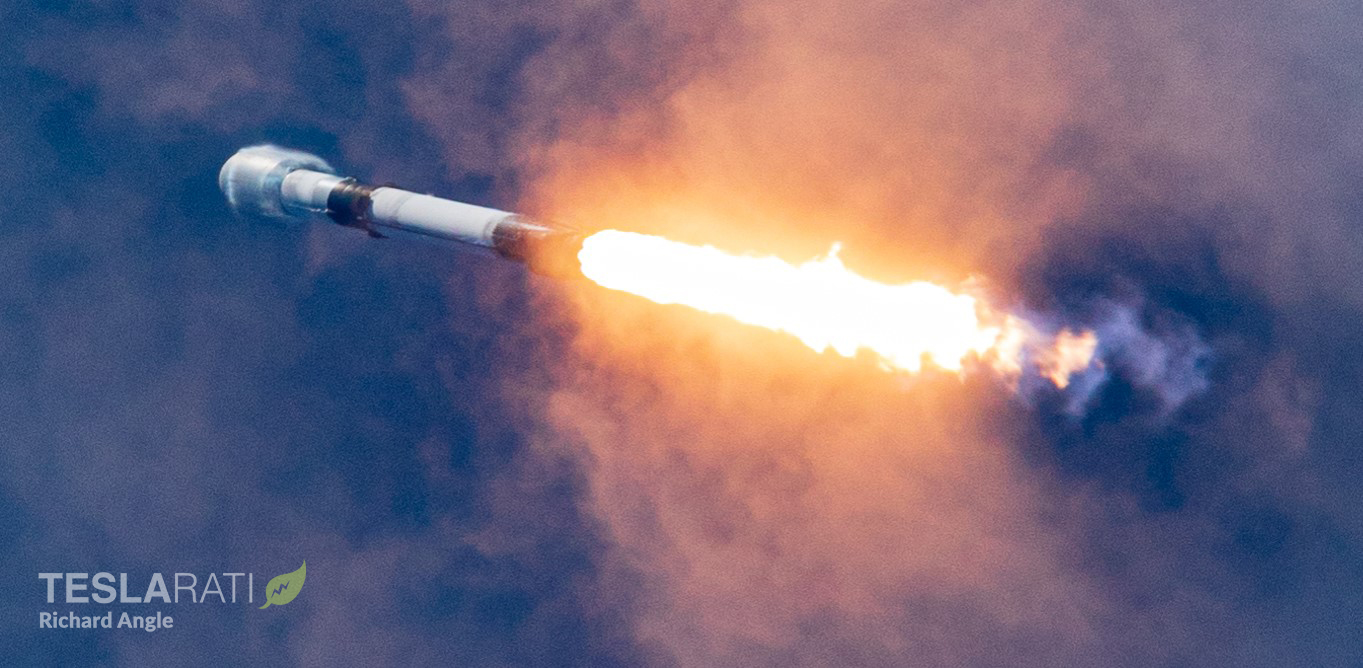Update: Right on schedule, SpaceX Falcon 9 booster B1049 lifted off from Cape Canaveral Air Force Station Launch Complex 40 (LC-40) carrying 58 Starlink satellites and three rideshare payloads from Earth observation company Planet.
A bit less than nine minutes after liftoff, B1049 performed a bullseye landing on drone ship Of Course I Still Love You (OCISLY), becoming the first Falcon 9 booster to successfully launch and land six times. Soon after, the expendable Falcon 9 upper stage reached orbit without issue and deployed three Planet SkySats to complete SpaceX’s third Starlink rideshare mission in two months.
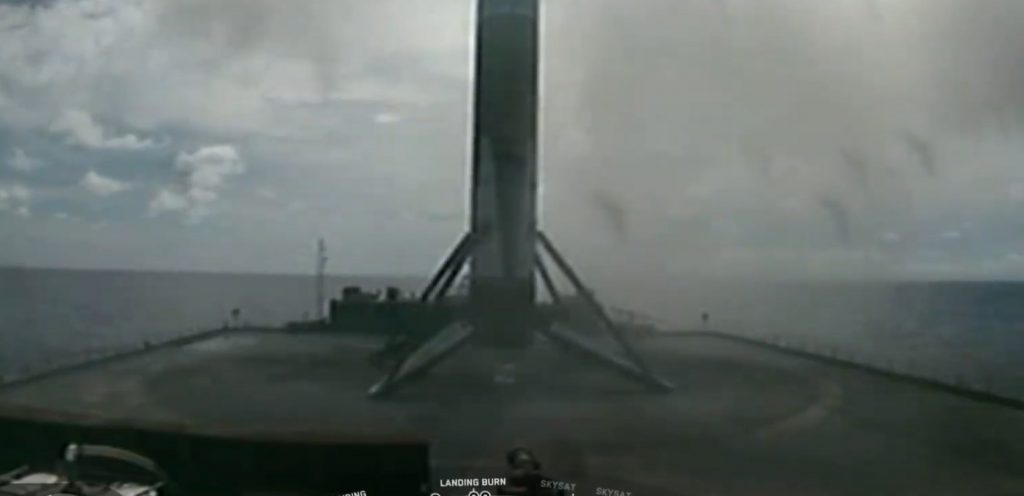
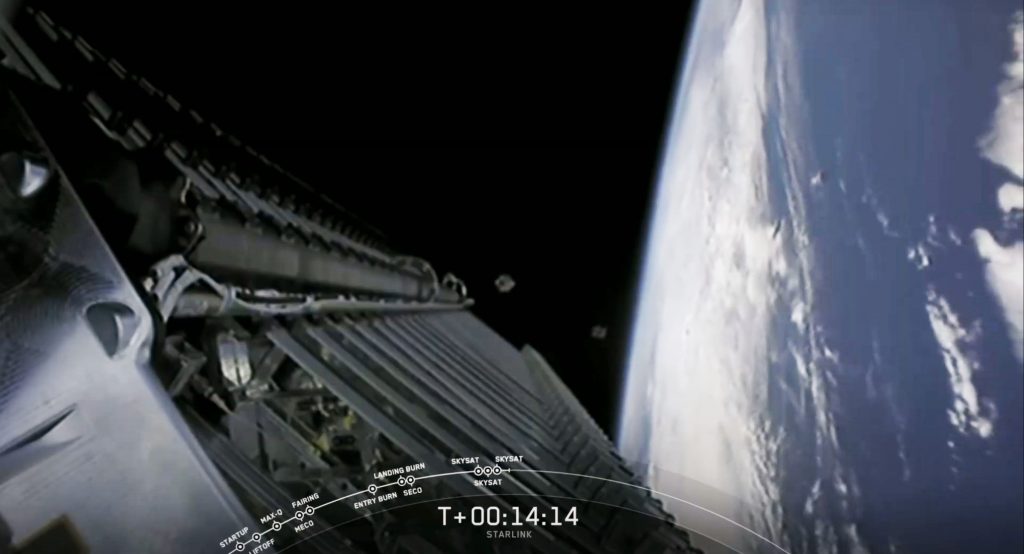
Around T+45 minutes, SpaceX revealed that recovery ship GO Ms. Tree (formerly Mr. Steven) had successfully caught a Falcon fairing half for the fifth time – also the second catch of a twice-flown fairing. Seconds later, Falcon 9 deployed all 58 Starlink v1.0 satellites, completing SpaceX’s 11th Starlink mission and leaving almost 600 operational v1.0 satellites in orbit. With this success, SpaceX is now just four launches away from beginning a public Starlink internet beta test.
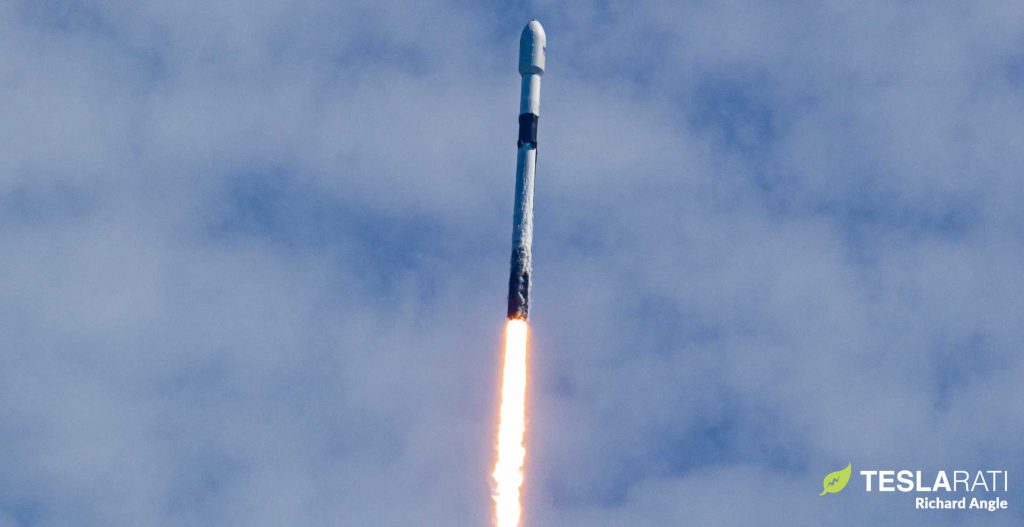
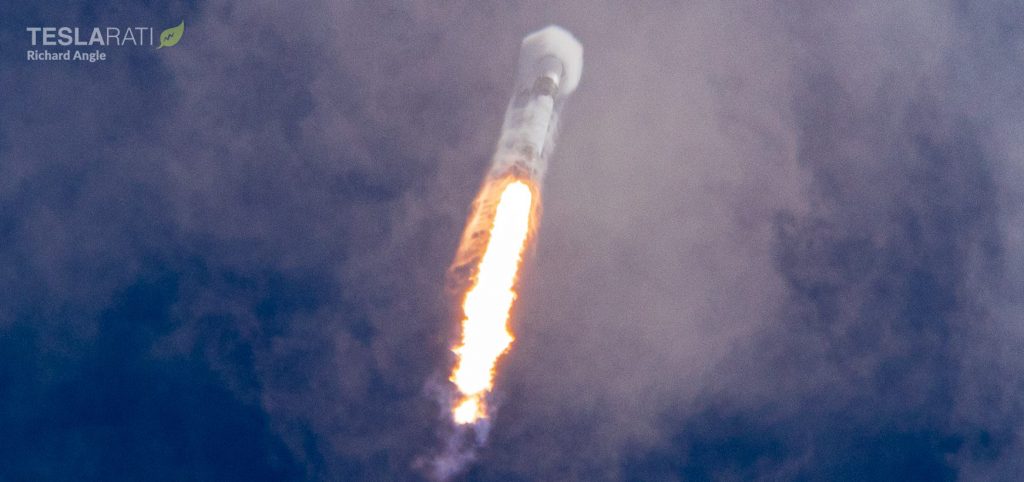
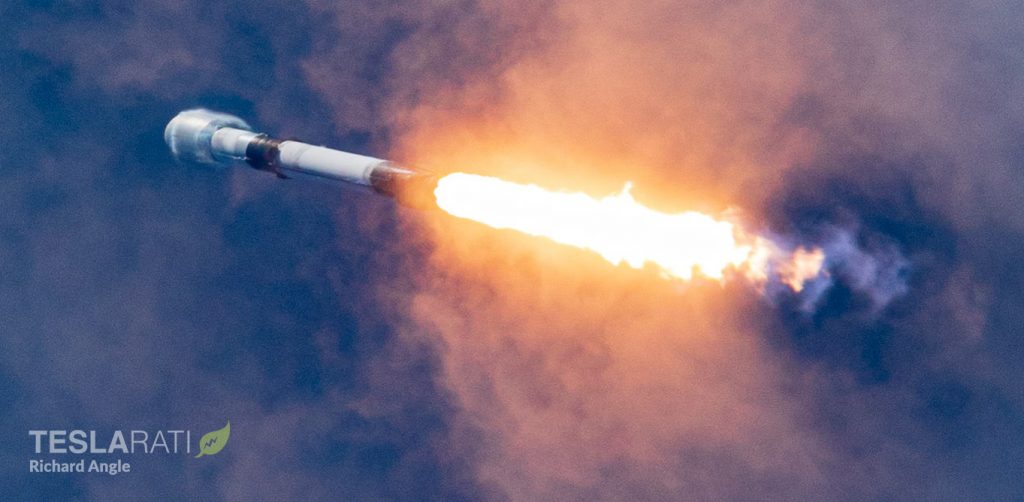
SpaceX is hours away from crossing off a major rocket reusability milestone while simultaneously attempting the 99th 100th launch of a Falcon rocket.
SpaceX’s 10th Starlink v1.0 satellite launch, 11th Starlink mission overall, and ninth Starlink launch this year is scheduled to lift off from Cape Canaveral, Florida no earlier than (NET) 10:31 am EDT (14:31 UTC) on Monday, August 18th. Carrying 58 Starlink spacecraft and three Planet SkySat Earth imaging satellites, Starlink-10 will be third mission of SpaceX’s Smallsat Rideshare Program. If the mission goes according to plan, SpaceX will end the day with some 585 operational Starlink satellites in orbit – ~69% of the way to the internet constellation’s initial operational capability (IOC).
If successful, Starlink-10 would leave SpaceX just four launches shy of one of the biggest milestones facing any satellite communications constellation.
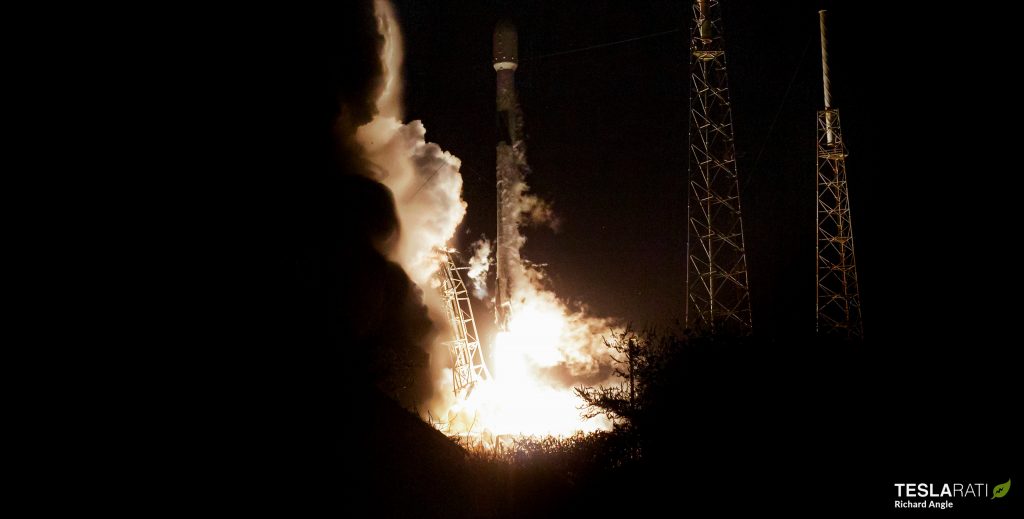
For Starlink, there are likely several different initial operational capability (IOC) milestones ahead of the constellation. As of July 2020, SpaceX says “hundreds” of private beta test participants – mostly SpaceX employees and their families – are already putting the nascent internet service through its paces.
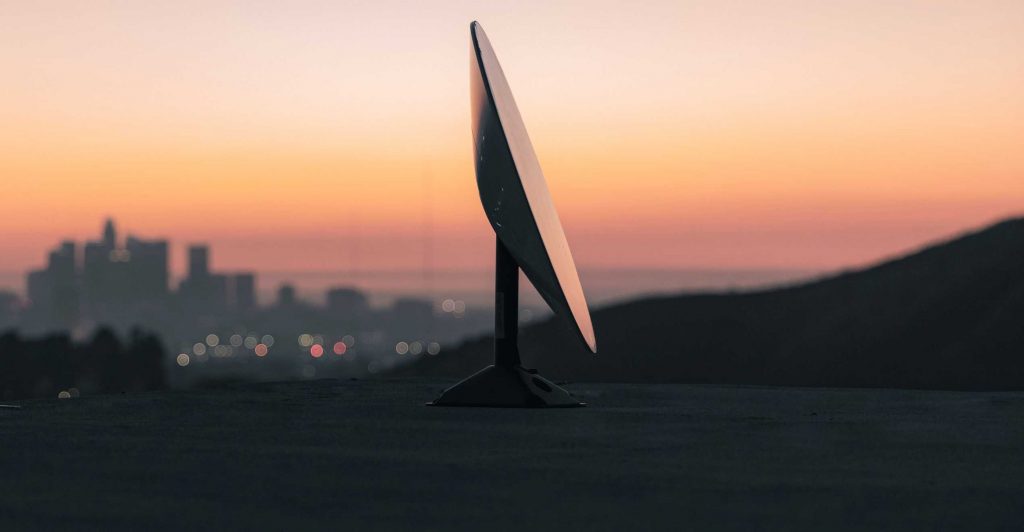
More recently, the first public signs of those beta testers appeared via speed tests shared (intentionally or not) online, revealing Starlink internet speeds ranging from 10-60+ megabits per second (Mbps) and latency (ping) approaching what CEO Elon Musk said early customers should expect (20-30 ms). Already, latency alone puts Starlink internet service leagues above medium Earth orbit (MEO) and geostationary (GEO) competitors, while the speeds available to private beta testers are easily comparable to or better than existing satellite internet alternatives. Given that current beta-testers are only accessing a constellation of a few hundred satellites (of thousands planned) with user terminal prototypes, it’s safe to say that the quality of Starlink internet service can only improve.
While SpaceX is barely a tenth of the way to Starlink’s first ~4400-satellite phase, a May 2020 interview with Gwynne Shotwell revealed that the company intends to open the Starlink beta program to the public once 14 batches of satellites are safely in orbit. Based on recent FCC-SpaceX interactions, it appears that the company is excluding v0.9 satellite prototypes from the operational count, implying that said public beta can begin to roll out once the Starlink V1 L14 (Starlink-14) launch is complete and the satellite batch has boosted into its final orbit.
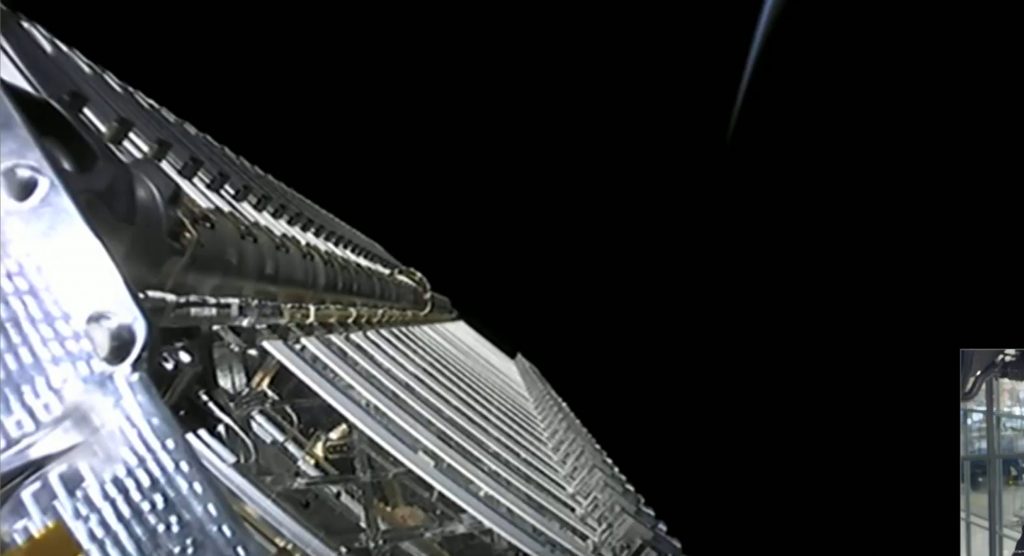
Main purpose aside, the Starlink-10 mission will also mark several major rocket milestones for SpaceX. Regardless of the outcome, the company will be just one launch shy from cresting the triple-digit
mark, reaching 100 Falcon 1, Falcon 9, and Falcon Heavy launch attempts since its 2005 launch debut. The mission will also be Falcon 9’s 92nd launch and – if successful – 91st success. Based on SpaceX’s activity in the last eight months, the company could feasibly complete another 7-9 launches, of which 4-5 would likely be Starlink missions.
To economically launch so many Starlink missions, SpaceX has dug deep into the reusability of its Falcon 9 rockets. In April, Falcon 9 B1048 became the first booster to launch five times, although an engine failure prevented a landing attempt. In June and August, another two Falcon 9 boosters successfully launched and landed for the fifth time. Now, Falcon 9 B1049 – the first SpaceX rocket to successfully launch and land five times – is set to become the first to launch (and hopefully land) six times with Starlink-10. If the schedule holds and Starlink-10 goes according to plan, SpaceX will have set two consecutive booster reuse records less than three months (75 days) apart.
Tune in at the link below to watch SpaceX’s Starlink-10 launch and landing live.
Check out Teslarati’s newsletters for prompt updates, on-the-ground perspectives, and unique glimpses of SpaceX’s rocket launch and recovery processes.

